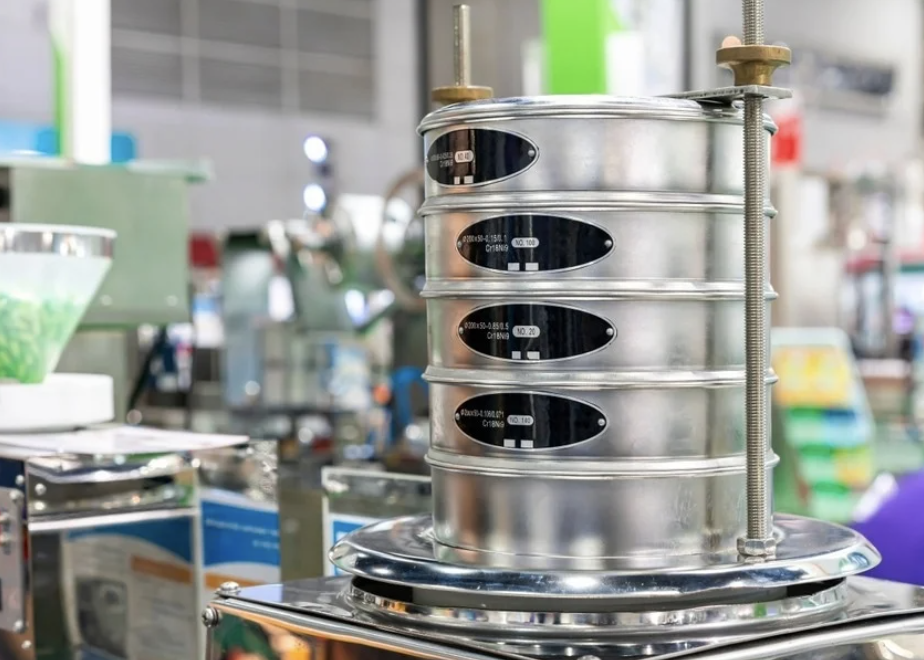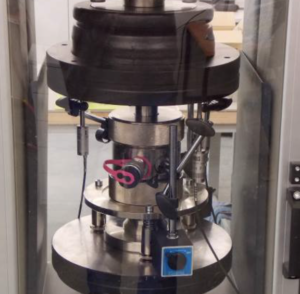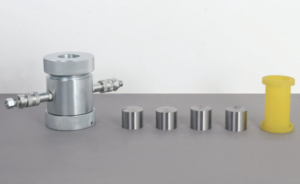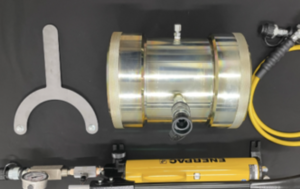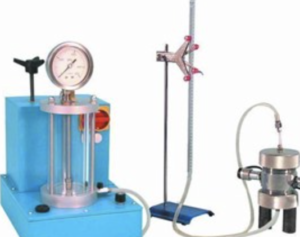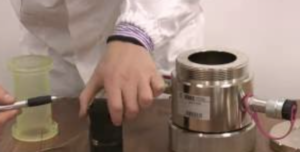What is a Sieve Shaker?
A sieve shaker is a laboratory instrument used to separate particles based on size by agitating a stack of test sieves in a controlled manner. It’s a key tool in particle size analysis, allowing engineers, researchers, and lab technicians to classify materials like soil, sand, cement, chemicals, or powders with precision and efficiency.
How Does a Sieve Shaker Work?
At its core, a sieve shaker automates the manual process of sieving by providing consistent, timed vibration or motion1 to a stack of sieves arranged from coarsest to finest mesh.
Basic Operation:
- A sample is placed on the top sieve.
- The shaker applies mechanical motion2 (vertical, horizontal, or both).
- Particles move through the stack according to their size.
- Each sieve collects particles within a specific size range.
- The mass retained in each sieve is weighed and analyzed.
| Component | Function |
|---|---|
| Sieve stack | Classifies material by mesh size |
| Motion system | Vibrates, rotates, or taps the sieve stack |
| Timer/controller | Sets consistent test durations |
This mechanical consistency ensures repeatable and accurate results for every test run.

Types of Sieve Shakers and Their Applications
There are several types of sieve shakers3 designed to meet different material properties and industry needs.
Common Types of Sieve Shakers:
| Type | Motion Type | Best Suited For |
|---|---|---|
| Mechanical/Rotary | Circular and vertical | Soil, sand, and aggregate analysis |
| Electromagnetic | Vertical vibration | Fine powders and dry materials |
| Sonic Sieve Shaker | Acoustic vibration | Ultrafine materials (<75 μm) |
| Air Jet Sieve | Airflow-based separation | Light powders, pharmaceuticals |
For instance, electromagnetic shakers4 are great for precise control in pharmaceutical applications, while mechanical shakers5 are the go-to in construction material labs.
Key Benefits of Using a Sieve Shaker in the Lab
Using a sieve shaker offers major advantages6 over manual sieving.
Why Use a Sieve Shaker?
- ✅ Repeatability: Uniform motion ensures consistent results.
- ✅ Efficiency: Processes multiple samples quickly.
- ✅ Accuracy: Reduces user error and improves data quality.
- ✅ Compliance: Helps meet ASTM and ISO standards.
- ✅ Labor-saving: Frees technicians for other tasks.
| Benefit | Impact in Lab Work |
|---|---|
| Hands-free operation | Reduced operator fatigue |
| Timed control | Standardized across tests and labs |
| Fine particle handling | Accurate down to microns |
| Versatile applications | Useful in soil, cement, food, pharma, etc. |
Whether for quality control or research, a sieve shaker streamlines testing and increases throughput.
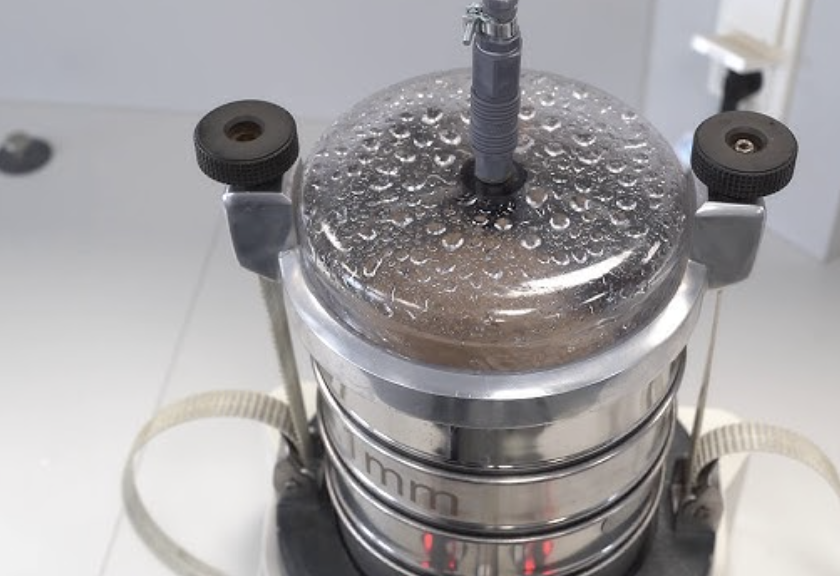
Standards and Guidelines for Sieve Shaker Use
To ensure accuracy and consistency, sieve shaker use is governed by several industry standards.
Major Standards:
| Standard | Purpose |
|---|---|
| ASTM E11 | Specifies wire mesh sizes and tolerances |
| ASTM C136 | Sieve analysis for aggregates |
| ASTM D6913 | Particle-size distribution for soils |
| ISO 3310 | International standard for test sieves |
These guidelines define:
- Sieve sizes and stacking order
- Recommended shaking durations
- Calibration procedures
- Acceptable motion types
Following these standards ensures results are traceable, reproducible, and acceptable in regulated industries.
Conclusion
A sieve shaker takes the guesswork and labor out of particle size analysis. Whether you're testing soils for road design or powders for pharmaceutical formulations, it delivers fast, accurate, and consistent results. With the right equipment and standard practices, a sieve shaker turns size separation into a scientifically controlled process.
-
Understanding the role of consistent vibration can enhance your knowledge of effective sieving techniques and equipment performance. ↩
-
Exploring the impact of mechanical motion can provide insights into optimizing sieving processes for better results. ↩
-
Discover the various types of sieve shakers and their specific applications to choose the right one for your needs. ↩
-
Explore this link to understand how electromagnetic shakers enhance precision and efficiency in pharmaceutical testing. ↩
-
Learn about the functionality and advantages of mechanical shakers in construction labs for accurate material analysis. ↩
-
Discover the key benefits of sieve shakers that enhance lab efficiency and accuracy, making them essential for various applications. ↩

